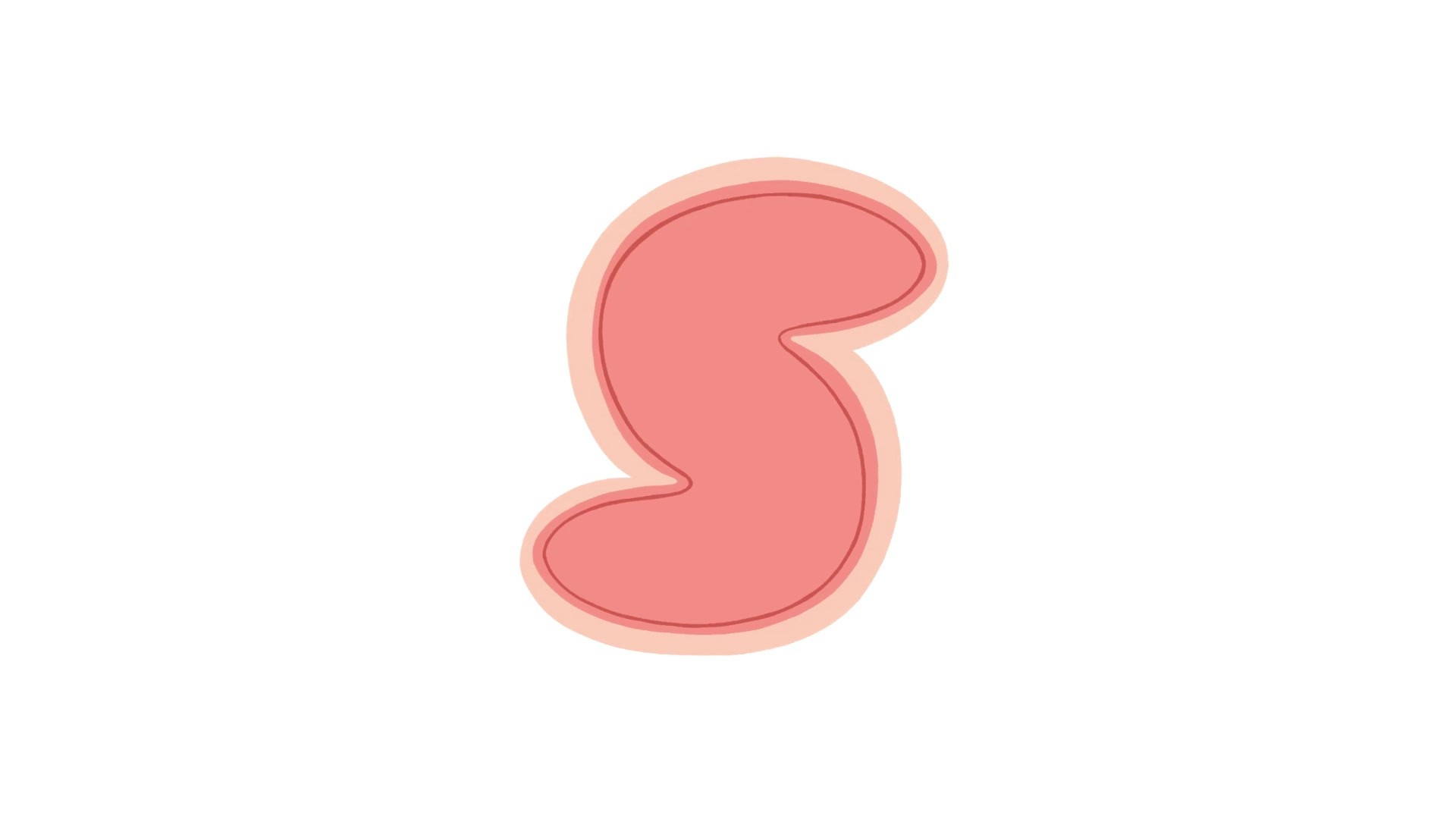Cannes Lions
The 26 Signs
TBWA\NEBOKO, Amsterdam / ALEXANDER MONRO HOSPITAL & BREAST CARE FOUNDATION / 2024
Awards:
1 Bronze Cannes Lions
2 Shortlisted Cannes Lions




1 of 0 items
Overview
Entries
Credits
Cannes Lions
TBWA\NEBOKO, Amsterdam / ALEXANDER MONRO HOSPITAL & BREAST CARE FOUNDATION / 2024
Awards:




Overview
Entries
Credits